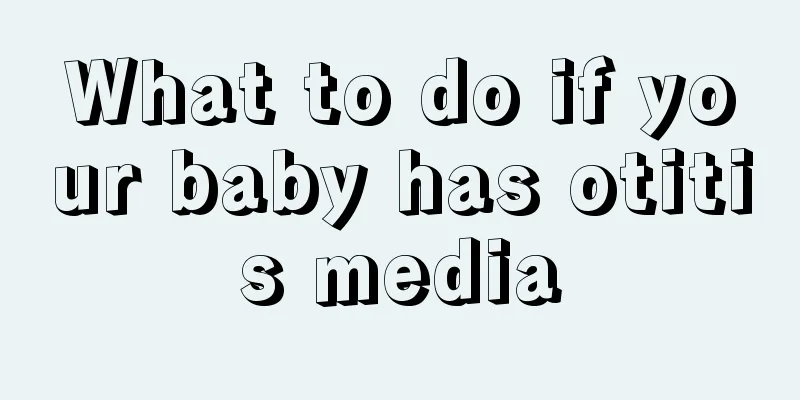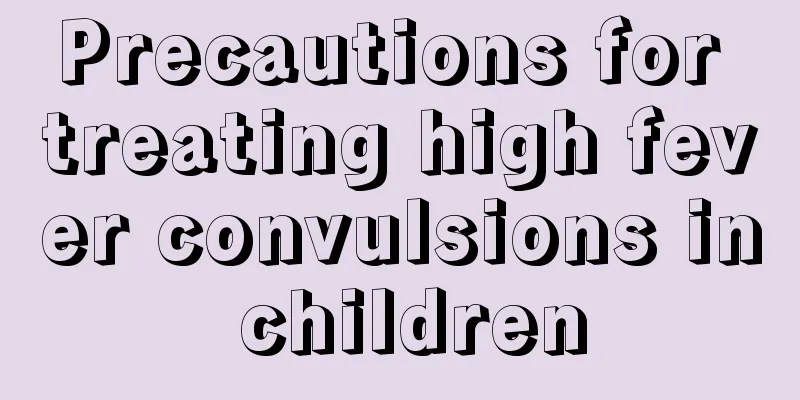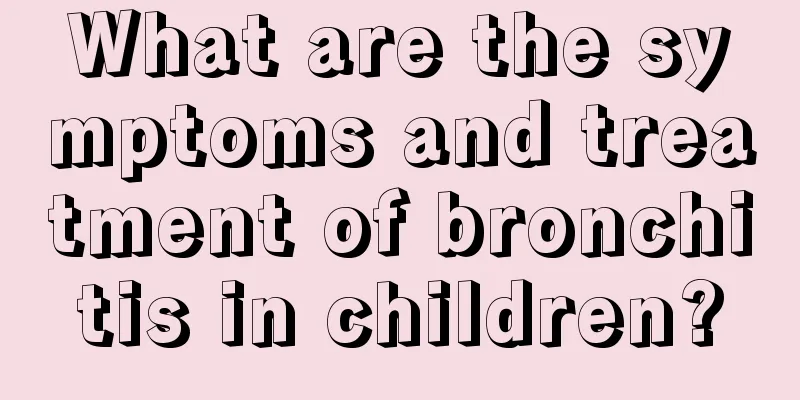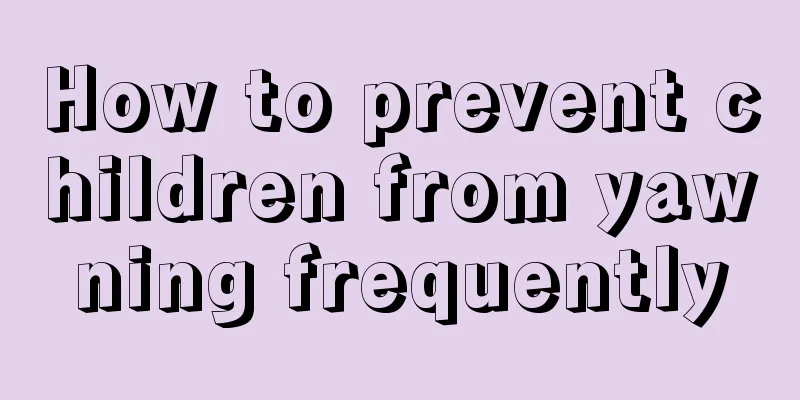White spots on children's teeth

|
The healthy development of teeth is crucial to a child's growth, and a set of white teeth can greatly enhance a child's appearance. Normal children's teeth are white and neat. However, some parents find that their children have many white spots on their teeth, which look very abrupt. Some of them also make the children feel toothache or discomfort frequently, and it is easy for food to get stuck in their teeth when eating. So, what causes white spots on children’s teeth? What is the cause of white spots on baby's teeth? If you notice white spots on your child's baby teeth, it means his teeth are demineralizing. Demineralization is a precursor to tooth decay. If not handled properly, it can easily develop into tooth decay. The most obvious feature of tooth demineralization is that the teeth become whiter, but dull and look obviously different from normal white teeth. Early demineralization only causes a change in tooth color. If it is allowed to continue, the tooth surface will begin to show slight defects as shown in the picture below. Many of the child's teeth below show varying degrees of demineralization and obvious plaque accumulation. Demineralization caused the tooth surface to be uneven, and the two front teeth were in danger. After the teeth become demineralized, they will continue to develop "caries", followed by "holes", "gaps", "defects", etc., which indicates that the child has caries. Once caries occurs, treatment is necessary because caries cannot recover on their own and will only get worse. Not only will it cause food to get stuck in the child's mouth, causing pain and discomfort, but it will also damage the shape of the teeth, affect pronunciation and aesthetics, and may also have potential effects on the development of the permanent tooth germs in the jawbone and the development of the child's facial appearance. What to do if your baby has white spots and demineralization on his teeth Demineralization is reversible. Early demineralization can be helped to remineralize teeth by brushing with fluoride toothpaste, applying fluoride, and using tooth guard. In more serious cases, parents should take their children to a professional dental clinic to have the teeth filled as soon as possible. The sooner the repair, the better. All teeth with deep pits and fissures should be sealed. Deciduous teeth are as important as permanent teeth. They should be sealed as early as possible when the child is able to cooperate to prevent tooth decay. How to brush your child's teeth correctly 1. First, place the child on the knees of the person brushing teeth, using the "knee-to-knee brushing method". It is best for two people to work together. 2. One person is responsible for holding the baby's hand, and the other is responsible for brushing the baby's teeth. If there is only one person at home, the mother can let the baby lie on a blanket, clamp the baby's hands between her legs, and the baby lies in the mother's arms. The baby's resistance will be lower. 3. Start brushing your teeth. Wash your hands or put on disposable gloves. First, pull your lower lip apart to expose all your lower teeth. 4. Then brush, brush, brush. Is it better to brush horizontally or vertically? In fact, as long as you brush your teeth clean, don't hurt your gums! It is recommended to hold the toothbrush in the same way as holding a pen when writing, which is less likely to cause too heavy a brush. 5. After brushing the outside, brush the inside. Do the same when brushing the upper front teeth. Use your thumb and index finger to pull open your upper lip. The trick is to place your index finger on the gums of the baby's big teeth that have not yet grown. This way, there is a point of force, and even if the baby bites, your finger will only touch the gums and it won't hurt! 6. Finally, brush the molars. Molars have three surfaces: the outer, inner and occlusal surfaces. They all need to be brushed carefully. The outer side is especially difficult to brush and is more prone to tooth decay. To achieve this, you still have to open your mouth. Special reminder: If your baby doesn’t like brushing his teeth, you can let him brush his teeth by following a brushing video, or directly play a video that your child likes to watch. As long as your baby is willing to open his mouth and stay there quietly for you to brush his teeth, it will be fine. |
<<: How long does it take for a newborn to see people?
>>: What to do if the newborn eats too much
Recommend
How to prevent dry lips in babies
Families with babies are very concerned about eve...
What to do if blisters appear on children's bodies
Children's health problems are what parents a...
What are some cough relief recipes for children?
The weather in autumn is particularly dry, and th...
How to develop children's intelligence
How to develop children's intelligence well i...
Children swallow plastic
Children's bowls are more focused, and they u...
What are the traditional Chinese medicine treatments for hand, foot and mouth disease?
Many parents are very familiar with hand, foot an...
ADHD symptoms
There are many types of diseases. In the process ...
What to do if your child has excessive stomach acid and vomits? A few tips can solve the problem
Many organs in children's bodies are not full...
What are the folk remedies for children's cold and fever?
Children are the little treasures of every family...
Symptoms of calcium deficiency in babies under one month old
Children's health is often what parents care ...
How old should a child be when using diapers?
Diapers have to be said to be the greatest invent...
The role of newborn blood screening
The birth of every child always brings endless jo...
What should I do if my child has ringworm on his face? Introducing countermeasures for you
If a child has rashes on his face, parents must p...
What is the reason for the baby's twitching when sleeping?
Babies twitching while sleeping is a symptom that...
Can babies fall asleep when they are hungry?
Many new parents are unfamiliar with the care of ...









